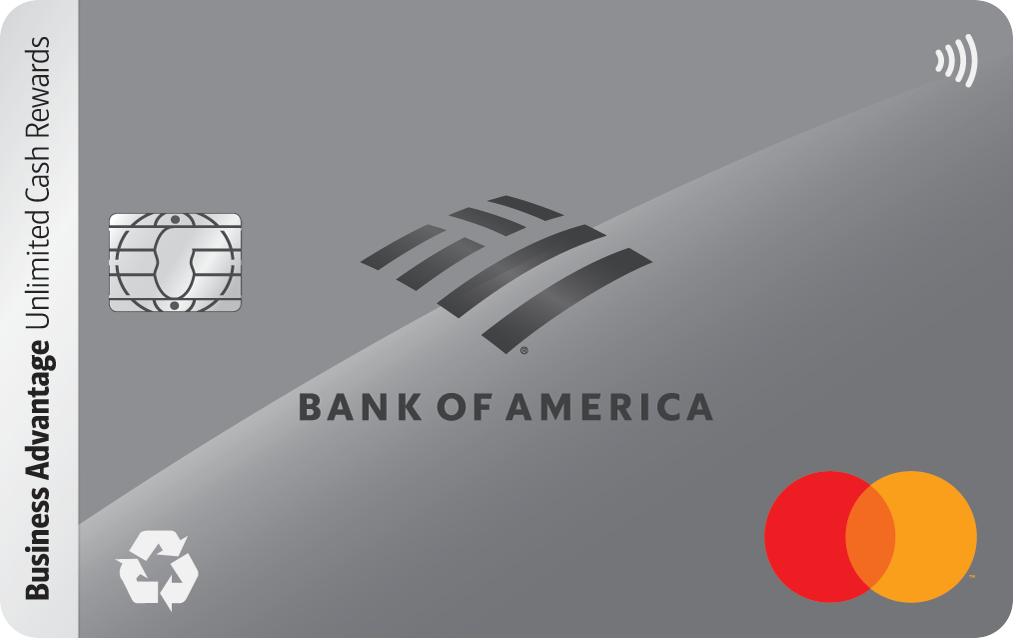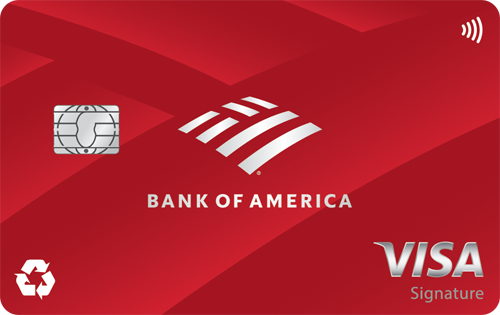My 9-Year-Old Nephew Has an $8,000 Investment Portfolio -- Here's How

Image source: Getty Images
When my nephew was born nine years ago, I opened a custodial brokerage account in his name. I put in $2,500, invested it in a total stock market index fund through Fidelity, and… left it alone.
Today, that account is worth $8,419.
When he turns 18, he'll have full access to it and can use the funds however he wants.
Here's how I set up the account, why I chose this path over options like a 529 plan, and what this small portfolio could grow into when he's an adult.
Why I chose a custodial brokerage (over a 529 or Roth IRA)
There were a few investment options I could have set up for my nephew.
Many people set up 529 college savings plans for kids. These are built specifically for education expenses, and have some tax perks.
But they also come with strings attached, which I don't really like. Like the money must be used for qualified education spending only (or you pay a penalty). There's a lot of fine print, variances between state plans, as well as possible investment restrictions and fees. This all turned me off.
Another route is a Roth IRA for kids, which is awesome because all the money can grow tax-free. But, to put money into a Roth the child needs to have earned income in the year you contribute. And since my nephew wasn't exactly earning a paycheck as a newborn, that option was out.
That led me to a custodial brokerage account, specifically a UGMA (Uniform Gifts to Minors Act). It's basically like a regular brokerage account, but managed by an adult (in this case, me) until the kid turns legal age.
UGMAs are super flexible. And most big brokerages offer them. I went with Fidelity, because there are no monthly fees, no account limits, and it offers a huge range of funds and ETFs to invest in. Here's my full gushing review of Fidelity if you're looking for a good brokerage and want to learn more.
What we invested in -- and why I kept it simple
My main goal isn't just to give my nephew money -- it's to teach him how money and investing works. And the best way to do that is to show him exactly how I invest personally.
I'm a big fan of index funds. They're low-cost, easy to manage, and give exposure to huge portions of the stock market without having to pick individual stocks.
The fund I invested his initial $2,500 in is a Fidelity total stock market index fund. Here is my original projected growth, assuming a 10% annual return (based on historical performance):
| Age | Account Value |
|---|---|
| 0 | $2,500 |
| 10 | $6,484 |
| 20 | $16,818 |
| 30 | $43,623 |
| 40 | $113,148 |
Over the last nine years, we're ahead of projections already (current balance closer to $8,500) because the market has risen faster than average. But that probably won't continue.
It's not the exact dollar amount that matters for me in the end. It's about showing my nephew over time how money can grow if he invests it wisely and doesn't touch it.
He's only 9 now, so I haven't even told him about this account yet. We're still working on basics for saving, delayed gratification, and all around understanding of the role money plays in our lives.
But one day my hope is to sit with him side by side and help him take over management of this account. Then when he turns 18, he can make the decision on how to move forward.
How you can start your own gift portfolio
If you're interested in doing something similar, it's not very difficult to get started. And you don't need thousands to start.
Here's a quick overview of the process:
- Open a custodial brokerage account (UGMA or UTMA) at a platform like Fidelity, Charles Schwab, or Vanguard.
- Fund it with what you can. Whether it's $100 or $5,000, many brokers have no minimums for investing accounts.
- Choose investments. Personally, I recommend funds with low expense ratios that are widely diversified.
- Leave it alone and let time do its thing.
Check out all our favorite brokerage accounts here and see which one fits your custodial goals.
The bottom line
Will my nephew spend his gift money wisely when he turns 18? I have no clue.
But I'm going to do everything I can to make sure he understands what it is, where it came from, and how he can use it as a launchpad.
Personal finance isn't taught in many schools these days. So we really gotta teach (better yet, show) it at home. It will shape how they think about money for life.
Our Research Expert



